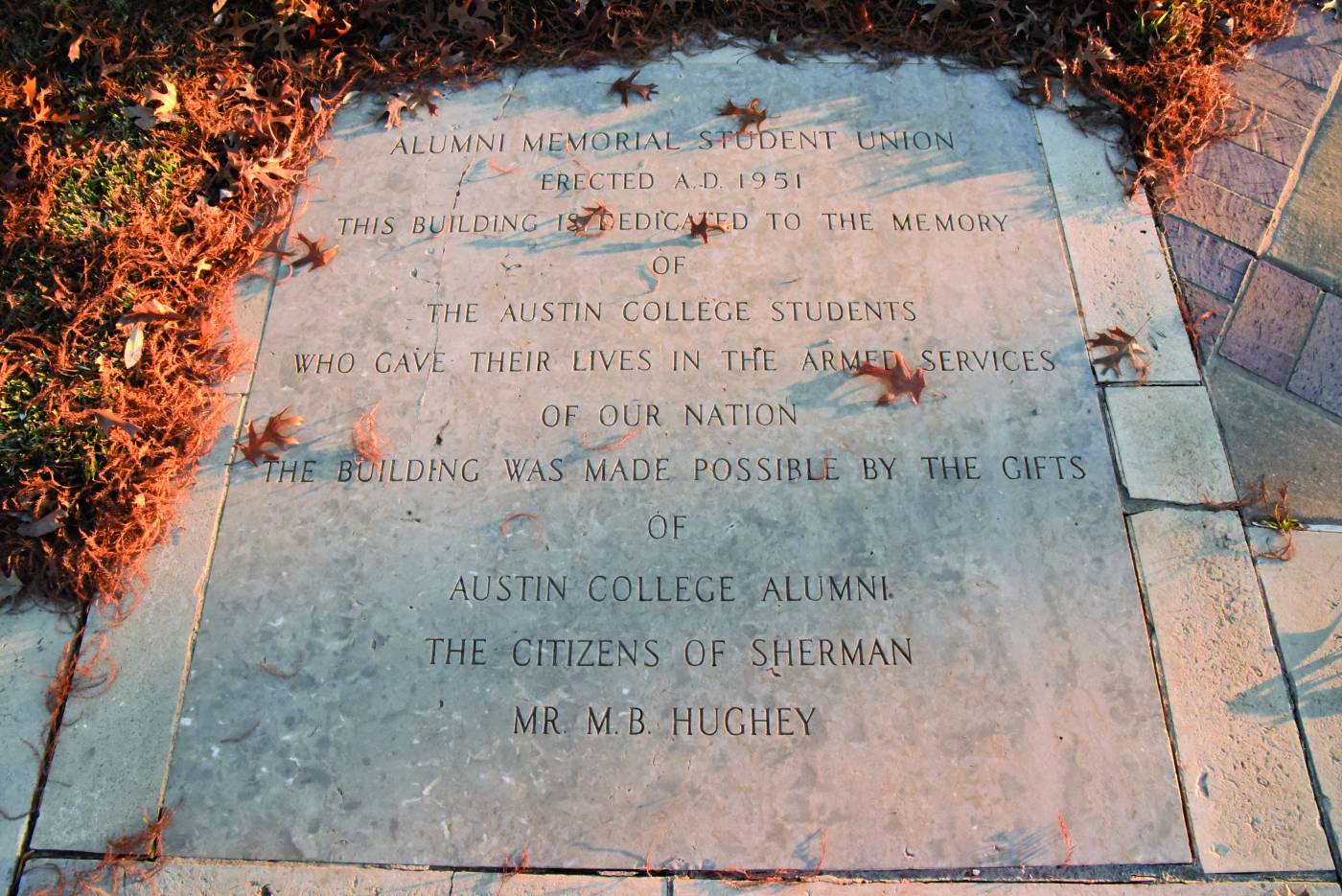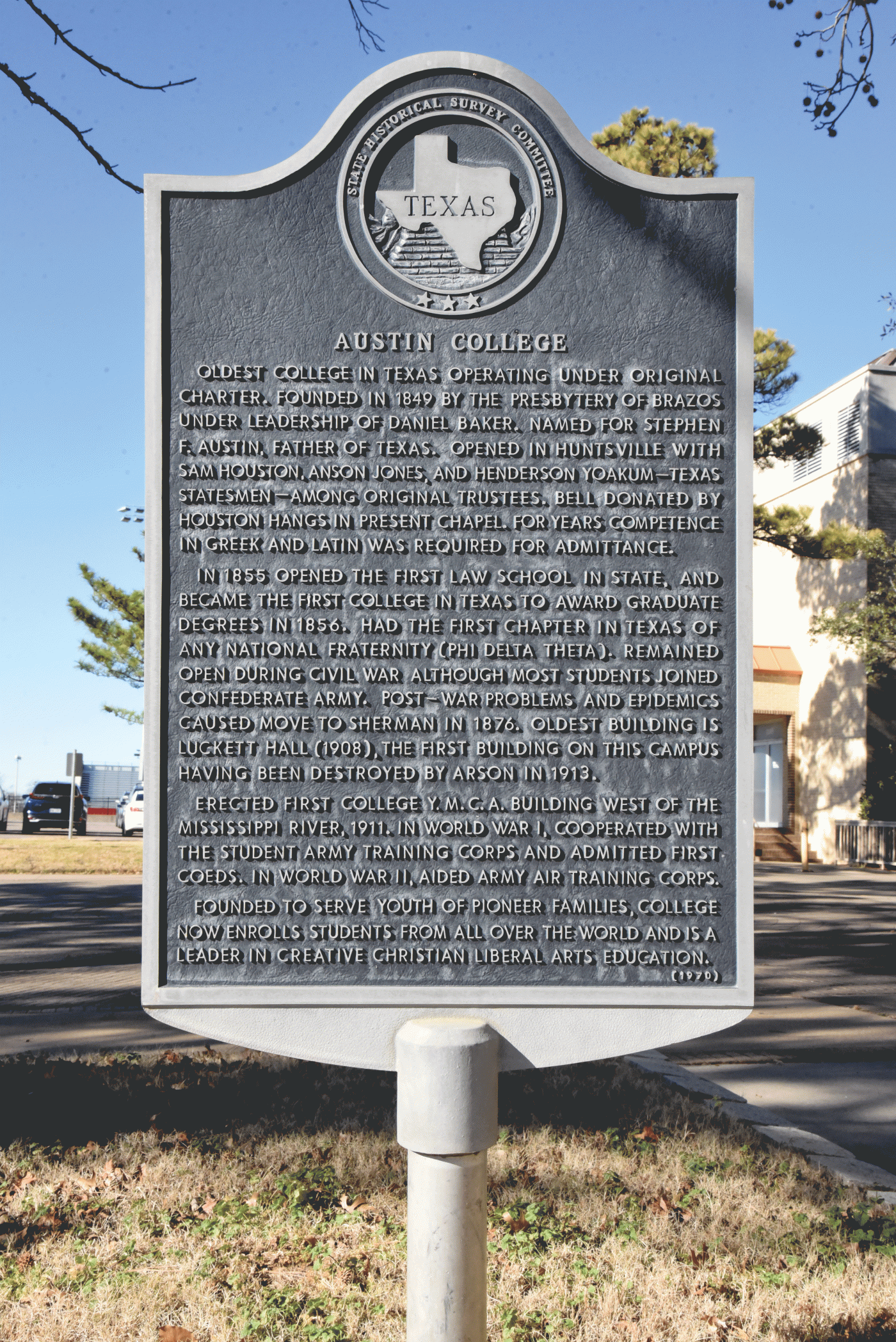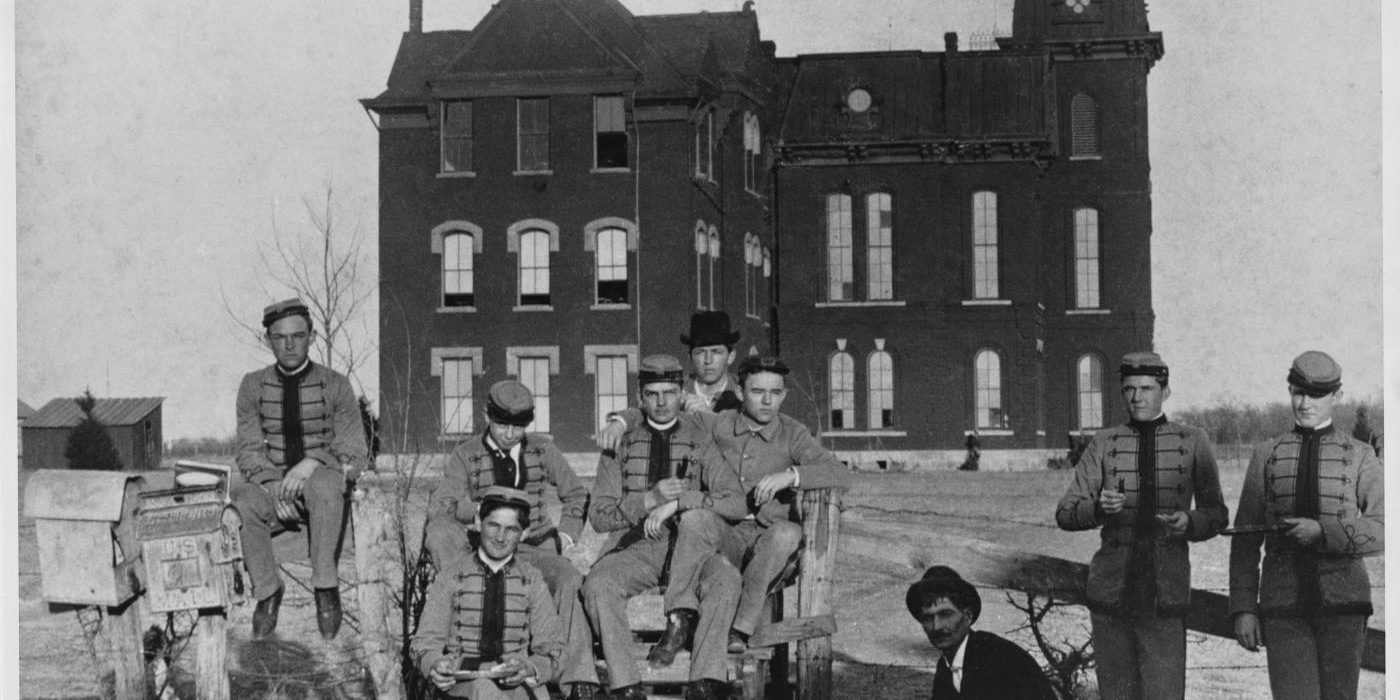
Story and Photos by Cary S. Wacker
Opening Convocation in fall 2022 marked the start of the 174th academic year of Austin College and ushered in the return of a full event schedule after two years of COVID-19 accommodation. Behind the scenes of daily academic and extracurricular life, a new initiative was forming: planning for the milestone 175th year of Austin College as an institution of higher learning—the oldest in Texas under its original charter. Two identical Texas Historical Markers on the Sherman campus recognize the College’s unique story. One is near the front of Ida Green Communication Center, and the other is adjacent to the campus entry on Grand Avenue between Hopkins Center and Clyce Hall.
The coming celebration in fall 2023 inspired a quest for more campus touchstones of our distinctive heritage. Few artifacts remain from the College’s earliest years in Huntsville, Texas. Those that exist are housed in the Archives in Abell Library, with the notable exception of the Sam Houston Bell that rings from the Wynne Chapel steeple to open and close each academic year. Only 27 of our nearly 175 years of education to date took place in Huntsville, some 235 miles south of the present campus. The first building of the original campus in Huntsville still stands as part of Sam Houston State University. Once Austin College was relocated to Sherman in 1876, the majority of ’Roo history has unfolded there through decades of events that shaped both the nation and local life.
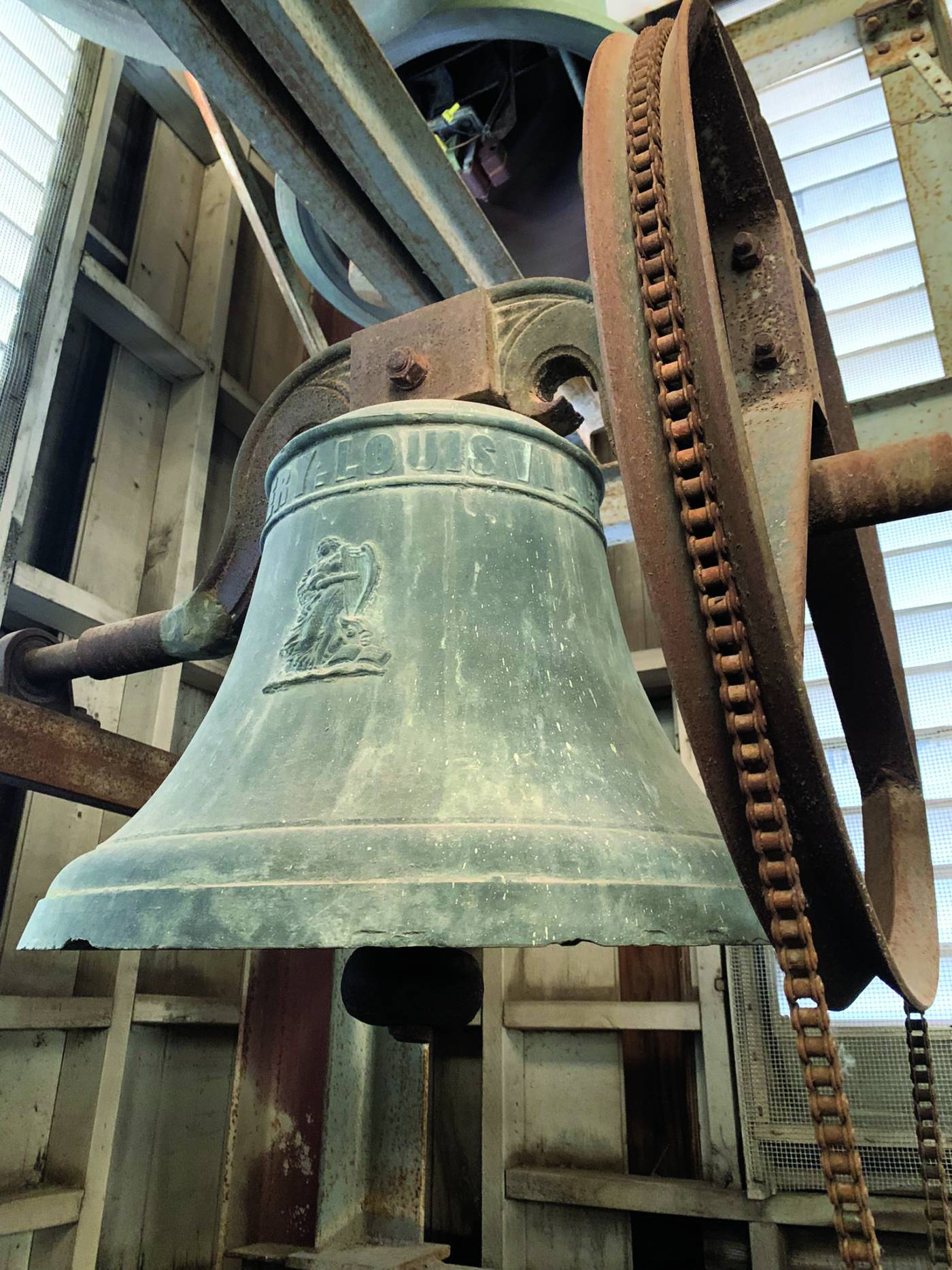
Hundreds of dedicated alumni, faculty, and friends have sustained Austin College over the years in almost every way imaginable. Some of those names are memorialized on buildings, markers, and donor recognition plaques, and fascinating stories lie behind each of them. Beyond these visible reminders, deeper history is preserved in the College Archives and in pages of essays and books documenting the legacy that is ours. We’ve devoted the opening pages of this issue of the Magazine to a dash through history before arriving at the next date with destiny in fall 2023. Enjoy the memories, the traditions, the heritage—even as we look to the future of Austin College.
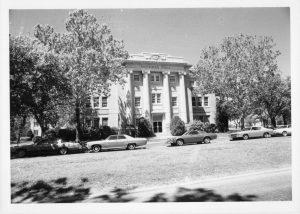
Sherman Hall (pictured left in 1970s) was completed in 1915 with financial gifts from Sherman citizens two years after a homesick student burned down Old Main. The new structure housed the Administration offices, library, and a large second floor auditorium that also served as the Chapel. The building was fully converted to classrooms and faculty offices for the Humanities Division in 1960, as other academic buildings had been constructed to serve the growing campus.
Of the 29 stained glass windows lining the second floor of Sherman Hall, 19 are dedicated to the memory of early trustees of the College. From founding in 1849 through the end of calendar year 2022, some 460 individuals have served on the Board of Trustees, stewarding the College through the decades. The name of one early trustee, John S. Moore, can be found both on a window in Sherman Hall and in a page from an 1884 ledger preserved in the Archives, where Mr. Moore, serving as the Board’s treasurer, signed the hand-written document as he recorded expenses for February and March of that year.
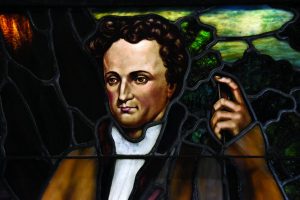 One other window treasure is easily accessible on campus: the stained-glass portrait of Stephen F. Austin, namesake of the College, which is now installed in the lobby of Caruth Administration Building. The piece was given to the College around 1912 by an Austin family descendant and survived the disastrous fire of 1913.
One other window treasure is easily accessible on campus: the stained-glass portrait of Stephen F. Austin, namesake of the College, which is now installed in the lobby of Caruth Administration Building. The piece was given to the College around 1912 by an Austin family descendant and survived the disastrous fire of 1913.
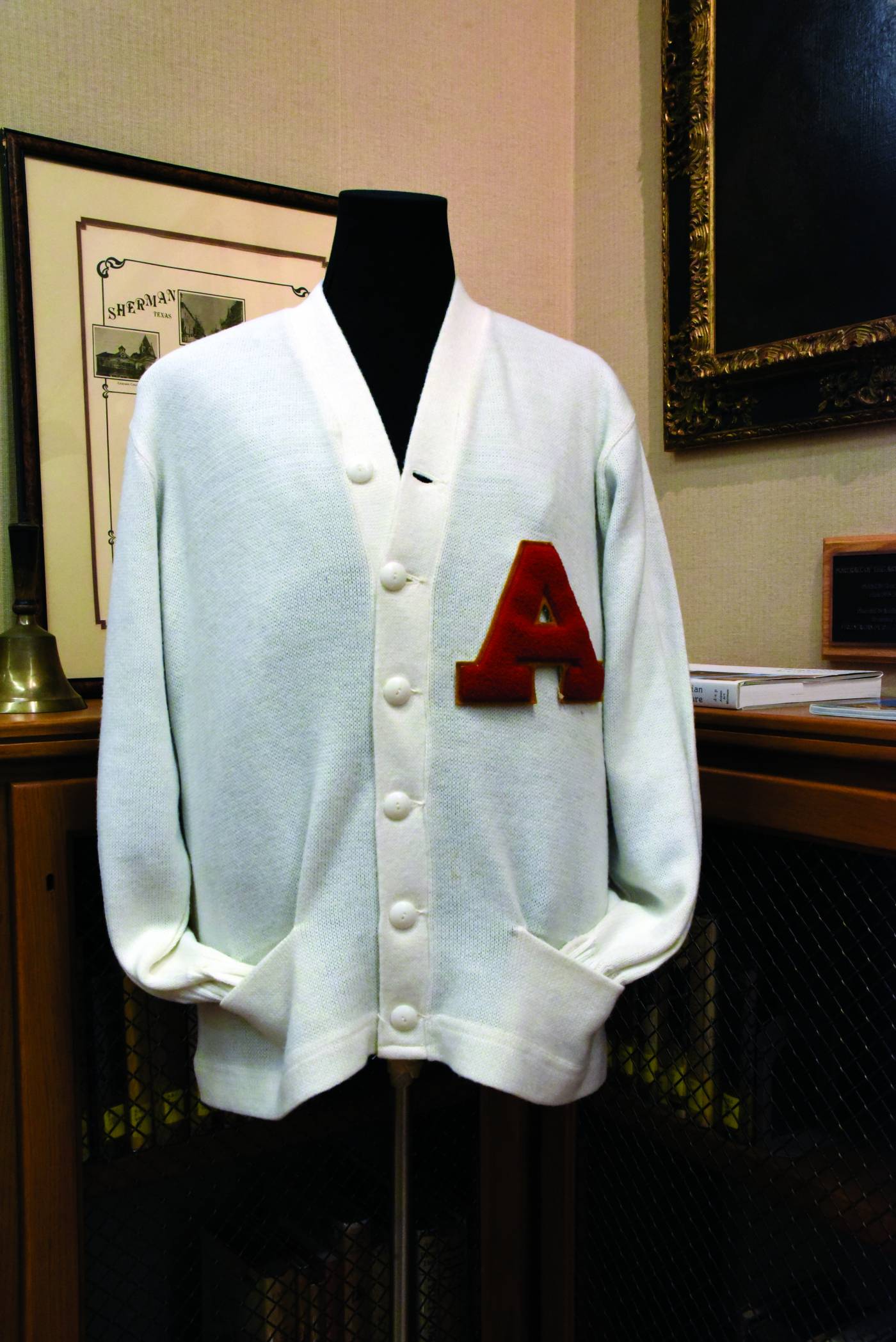
The Austin College Archives is the repository for thousands of preserved books, papers, ephemera, and objects related to institutional and regional history. A number of personal objects donated to the College can be found there, including these standouts that capture ’Roo spirit: a quaint metal bus toy; stuffed ’Roo mascot; an athlete’s letter sweater; and freshman beanie, a tradition for adornment once imposed on incoming first-year students.


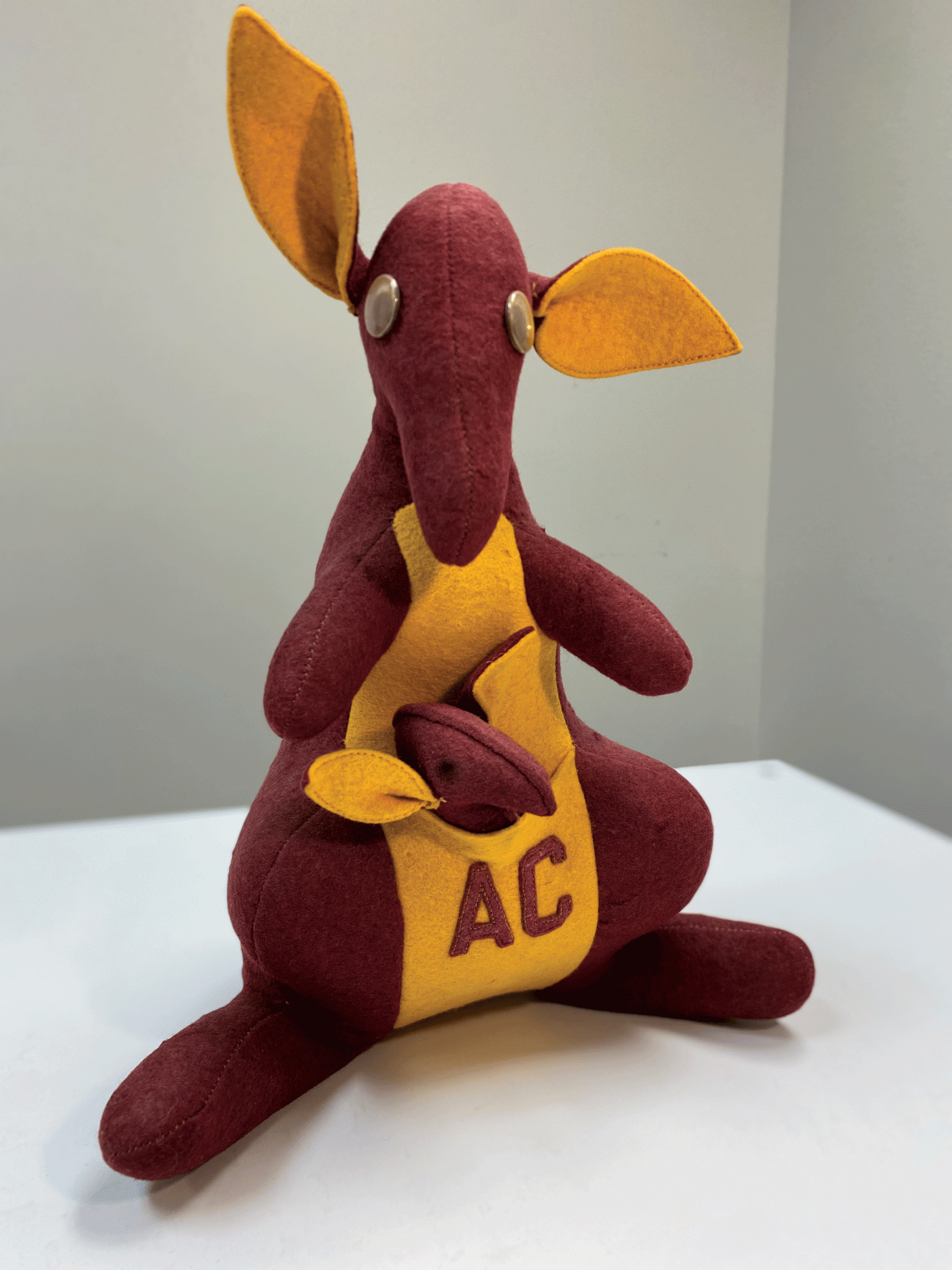
The campus’s first fountain was dedicated in 1924 in the year of Austin College’s 75th anniversary celebration. It was moved to its present location in 1961 to accommodate construction of Hopkins Center. The “Kappa Fountain” was the gift of Kappa Gamma Chi Literary Society. The sorority chartered in 1919, the year after Austin College admitted women and the same year that the 19th amendment was introduced to guarantee the right of women to vote.
Many of the large older trees on campus also were planted as gestures of remembrance. The stately sycamores and many of the live oak trees were dedicated in memory of service men and women, lost family, or significant occasions.

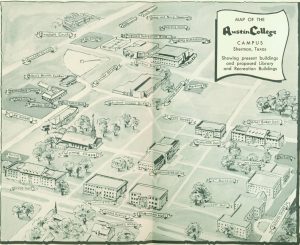
The Sherman campus’s original building (Old Main, 1878) was lost to arson in 1913, but by 1960, the campus map displayed 16 structures, with more planned. In 2023, the campus consists of 18 academic and administrative buildings, nine athletic facilities, 10 green spaces (including five fountains), 10 residence halls, and six official residences for administration homes and guest houses.
Cornerstones or dedication plaques (pictured below) from five lost buildings are preserved in Williams Founders Plaza (2007), giving campus visitors a literal touchstone to the past and reminding us that ’Roos have helped shape history since the College’s founding days.
